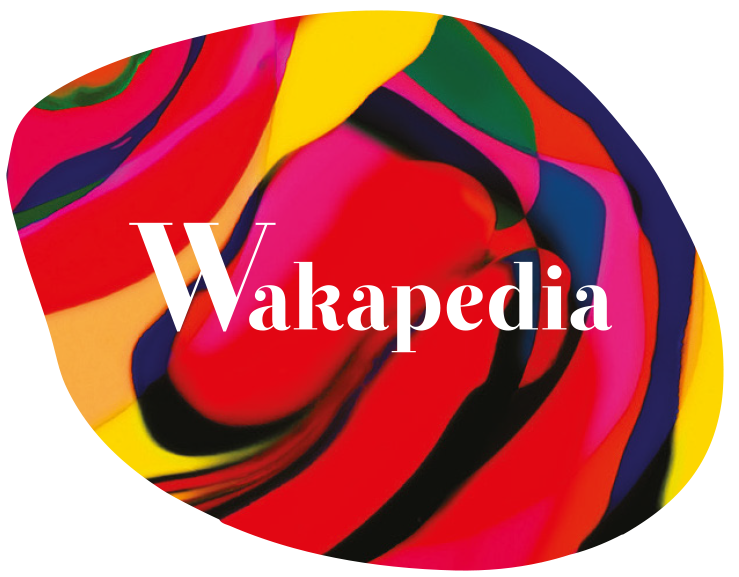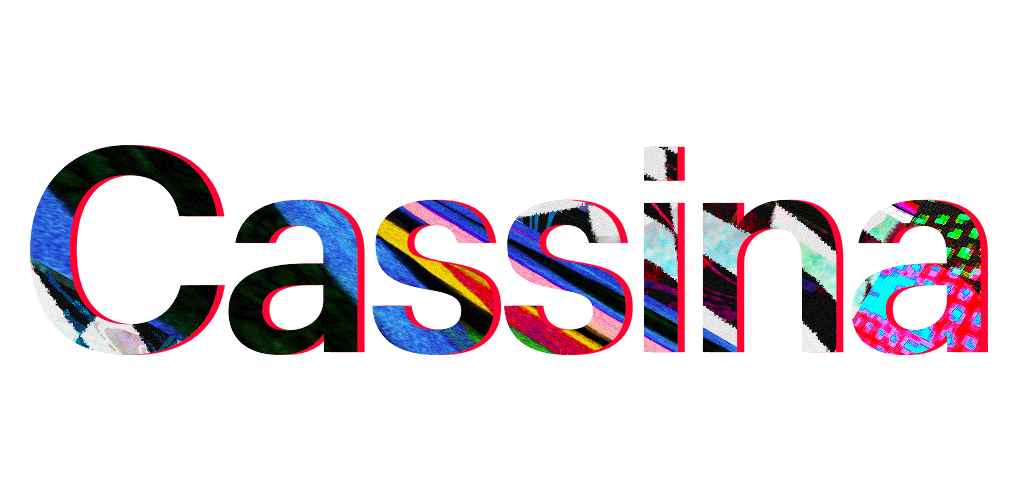Founded in 1927 just outside of Milan, Cassina is an Italian company specializing in design and furniture. The brand grew significantly after WWII, moving from handcraft to mass production as a pioneer of industrial design. During the postwar period, the company’s first emblematic pieces were born, such as Gio Ponti‘s Superleggera chair and Scarpa‘s polyurethane foam armchair. Today, the brand’s creations are exhibited in the some of the world’s greatest museums, from the MoMA in New York to the Triennale in Milan. Cassina is distinguished by its impressive collection, which includes reissues by iconic designers – including Le Corbusier, Pierre Jeanneret, and Charlotte Perriand – and projects made in collaboration with the greatest architects and designers of every decade – Michael Anastassiades, Rodolfo Dordoni, Piero Lissoni, Vico Magistretti, Mario Bellini, Gaetano Pesce, Afra & Tobia Scarpa, Philippe Starck, etc. The most representative creations of the latter category gradually become part of the iMaestri archive. The Cassina Perspective, developed over the past 5 years, revisits and reimagines a selection of their most compelling masterpieces with a fresh philosophy. 120 years of design history are on display in a single room; classic pieces are juxtaposed with objects and furniture produced by contemporary creators. It is a masterful curatorial reflection that puts different eras and styles into dialogue in an eclectic, playful, and original way.
This new brand language is well represented in the Cassina Store in Tokyo, which reopened on October 21, 2023. During the reopening, the Wakapedia team met with Luca Fuso, CEO of Cassina, and Patricia Urquiola, Art Director since 2016.

Echoes, 50 years of iMaestri – Cassina ph: Agostino Osio
WAKAPEDIA’S CASSINA
It’s been more than a decade since we cracked a book on the history of design at IULM University while studying for our degree in Communication in Art Markets (yep, we’re getting old!). Thanks to Cassina, now we have the opportunity to immerse ourselves in an incredible universe that tells 120 years of design history – way better than a book! We were invited to their new store in Tokyo that perfectly represents the colorful and multifaceted world of the company… a real Cassina Wonderland that seems to us very similar to the Wakapedia mood (modesty aside). We had two fantastic guides to lead us through this design playground. Luca, the CEO of Cassina, who shared his corporate vision and the brand’s strengths – from the historical archive and future developments to new talent and green innovations. And what can we say about Patricia, the exuberant and visionary art director? We loved her enthusiasm, passion, and boundless creativity (and her very slight Spanish accent and phrases punctuated with “Vale” and “Mira“!).
May you get inspired and transported by the beautiful world of Cassina with this double interview…doubly exciting!
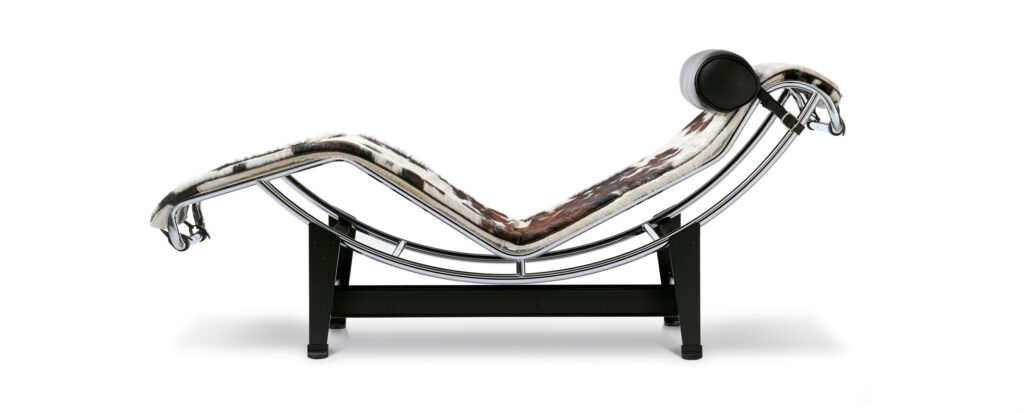
4 Chaise longue à réglage continu, durable by Le Corbusier, Pierre Jeanneret, Charlotte Perriand
Wakapedia: It’s so nice to be with you in Cassina Wonderland! Your projects that span design and architecture are so inspiring. Not only in Milan but now also in Tokyo!
Patricia: Vale (“good” in Spanish, ed.), we are thrilled to welcome you! Cassina’s relationship with Japan is a long and prolific one; we wanted to celebrate these ties and embody the new dynamic of the brand in the renovation of the showroom. This store, like the one in Milan, is even more faithful to the essence of Cassina, which straddles the line between modern and contemporary.
Wakapedia: What is Cassina for you? How would you define it?

Luca Fuso – CEO
Luca: For me, Cassina is an enormous archive, an encyclopedia of design that spans 120 years. Cassina is an institution; the brand created industrial design in Italy and exported it worldwide. And, like any brand with a significant history, Cassina’s legacy for future generations must be cared for with the greatest attention.
Wakapedia: Having so many Masters around is like always having a cheat sheet of design in your pocket! For you, Patricia, what is Cassina?
Patricia: Ahahaha, mira (“look” in Spanish, ed.). For me, Cassina is simply the A-B-Cs of design. The company has created legendary objects that have accompanied us for decades in our daily lives. In more than 100 years of history, Cassina’s name has been associated with legendary but very dissimilar figures – from Mackintosh to Charlotte Perriand – who have revolutionized the way we inhabit everyday space. Now, Cassina exists to give them a voice, update them, and encourage new generations. Always a brand that loves to innovate and think outside the box, in every decade of its history, Cassina has collaborated with great designers who were launching themselves into new and visionary directions. The company’s strength lies in its immense archive of works by the Masters of design who knew how to innovate in their own eras. Our role is to continue to enhance their disruptive and avant-garde character, just as we did in the past. How to do this? By proposing a different reading, producing new editions in unexpected colors or with innovative materials, and by juxtaposition with contemporary creators… this is the new Cassina Perspective!
Wakapedia: You mention creativity, Great Masters, collections… terms often found in the art sector. What’s the difference, if any, between art and design?
Luca: For me, we can appreciate art even if it’s not functional. On the other hand, a successful design object must be pleasing to look at, of course, but also functional. Art pieces are also one-off, unique pieces. Design must be available and accessible to all. Although I’ll admit that some design pieces are true works of art! The barriers between contemporary art and design are porous because both disciplines witness and accompany the evolution of the society that produces them.
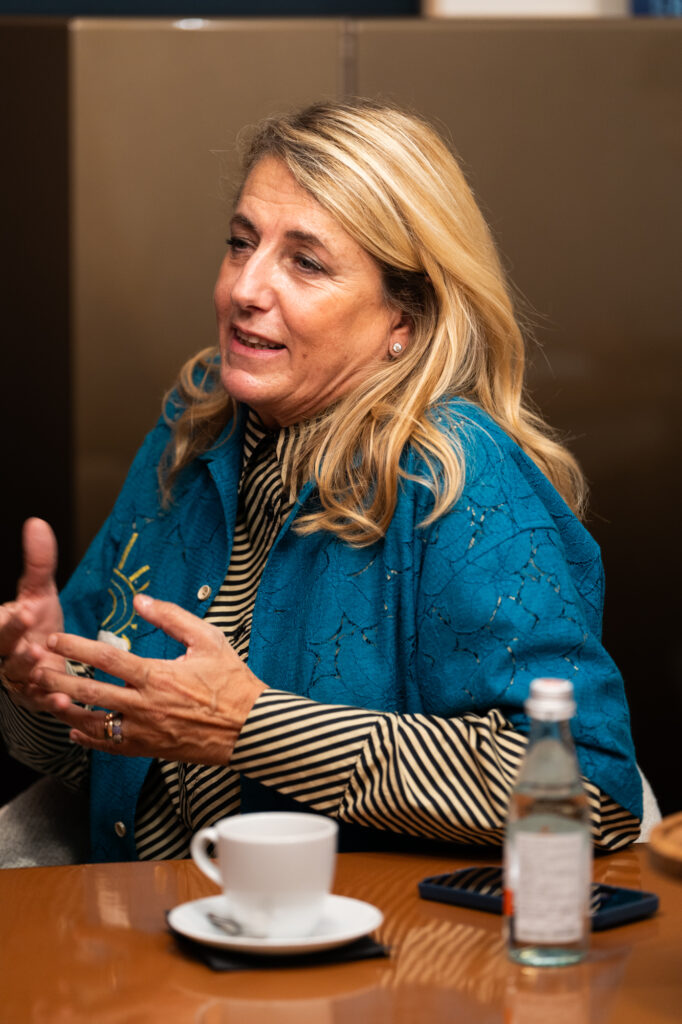
Patricia Urquiola – Art Director
Patricia: Art and design are two disciplines united by creativity and sensibility. For me, functionality exists in both worlds: contemporary art has the “function” of resonating with us and making us think. Design has a functionality related to everyday use, but also in relation to emotions. A successful object is not only a matter of ergonomics but also of mental comfort. In sum, art and design have both cognitive and existential functions.
Wakapedia: Patricia, you are very creative and have been Cassina’s Art Director for several years. What inspires you? Where does all this creativity come from?!
Patricia: Mira, I try not to let myself be too influenced by the Masters. I keep a space of freedom in my research, and I draw inspiration from my life experience and everything that surrounds me: nature with its colors and textures, my travels around the world, crafts, and ancestral techniques of creation – from the embroidery of Uzbekistan to the weaving of certain African countries. My sources are infinite and reflect my eclecticism and love for novel combinations and revisitations.
I don’t think just about making something beautiful or comfortable when I create. Instead, I imagine a space that has yet to be experienced. Each new project allows me to employ new techniques and innovative materials. Like the top of the Sengu table which started with a consideration of Japanese ceramics and added a new component that is much more solid and durable than traditional ceramics.
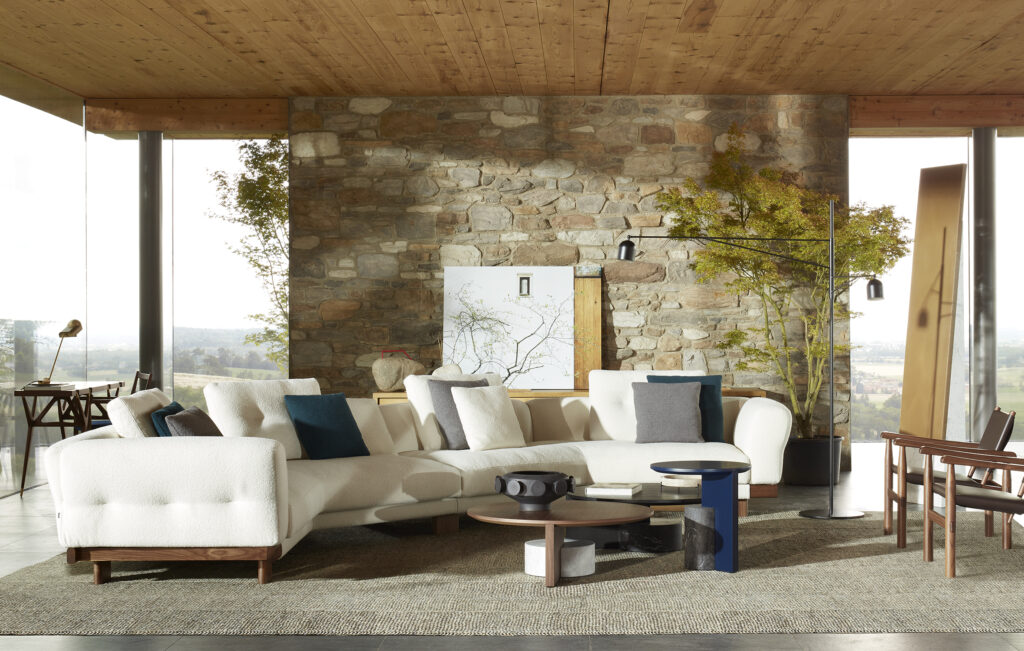
Sengu Sofa & Sengu Table by P. Urquiola
Wakapedia: As a talented and great entrepreneur, Luca, please explain how you unearth and promote new design talent.
Luca: In the 1960s, Cassina was already promoting young designers like Scarpa, Bellini, and Pesce who are now great Masters. The main difference is that we have access to many more companies, designers, and continents today. This makes it more difficult to identify true talent. At Cassina, we have created the Patronage program to identify one or two young designers per year to whom we give the opportunity not only to design a piece for us but also to exhibit it in a show or project which we then promote on the world stage.
We are developing this talent search a lot because it is the offshoot of what Cassina has already done in the past: to give credit, voice, and creative space to contemporary designers and architects who interpret the needs of today’s society. And these young people will, we hope, be the great Masters of tomorrow!
Wakapedia: Every budding designer’s dream!
Continuing our discussion about future horizons, what is the design world’s responsibility for sustainability?
Luca: Sustainability is a central issue for Cassina. In 2019, we founded Cassina LAB (in collaboration with Politecnico di Milano, ed.) to rethink the future of design and reduce its environmental impact. We want to escape the madness of disposability by producing objects that last a long time… products that can be repaired or reused in different ways. We are trying to integrate more and more recycled and recyclable materials. In addition, our products are designed to be disassembled at the end of their life span to recycle the various components separately. Cassina is the first company to create a circularity index, a score that indicates how many recycled materials each object contains and the possibility of circularity after use.
Sustainability is no longer just a label but a theme that runs through all our thinking. It is the greatest legacy of current design to future generations: thinking about how to improve the way we produce and consume differently. Beyond that, we are thinking about how to reuse waste materials to make new objects.
Wakapedia: This message is clear. The issue of sustainability is everyone’s responsibility, including that of the design world! Last question – a must for Wakapedia! What do you like about Japan?
Luca: I love the Japanese attention to detail. It is unparalleled in the rest of the world. The care taken for even the smallest things has always impressed and fascinated me.

Dudet by P. Urquiola
Patricia: I have been coming here for 30 years, and I love Japan. Many of my products have Japanese names because this country is an endless source of inspiration for me. Everything stimulates and intrigues me: from the small corner store to the majestic temples, from the excitement of the city to the zen atmosphere of the rural areas.
Regarding the importance of circularity in design, Japan is a source of inspiration in this as well. I think, for example, of the Shikinen Sengu ceremony (which gives its name to the sofa we have here in the showroom). This ritual involves the periodic reconstruction of the Ise Shrine, built of sacred wood, to preserve it by replacing its deteriorating parts. The ceremony serves as a reminder that everything dies and rises again. This logic also applies to design: make objects that can be revisited and reimagined to become eternal and use quality materials that can be regenerated, and structures that can be disassembled and repaired. A great lesson from Japan!
Wakapedia: Thank you, it was truly a pleasure to have coffee with you. It’s been one of the best and most instructive so far. And we enjoyed it even more while seated on the fantastic Cassina chair designed by Patricia – it’s so comfortable!
Patricia: Do you see now how important mental comfort is!?
(laughter)

Photo: Irei Yoshimitsu
Description & Interview: Sara Waka
Edited by: Kassandra Frua De Angeli





